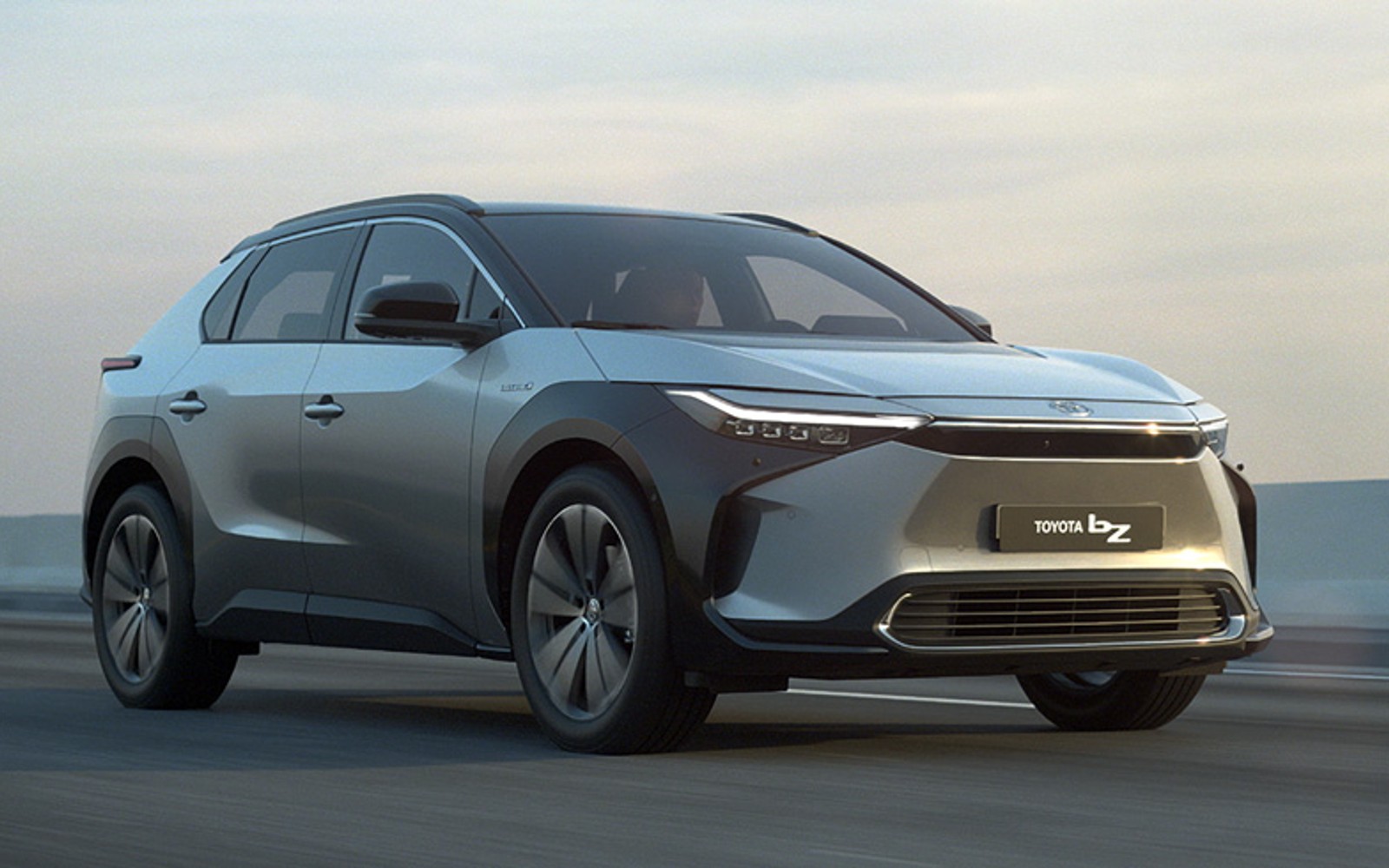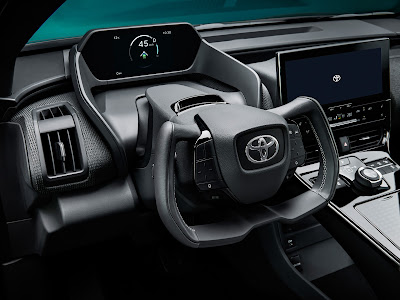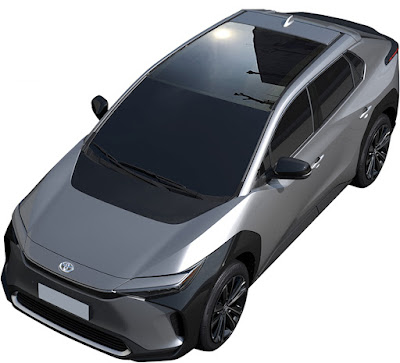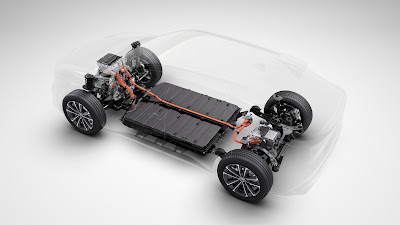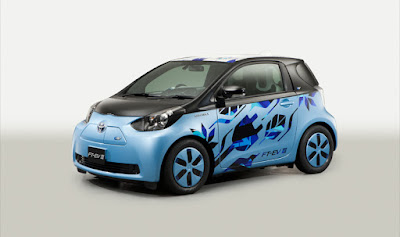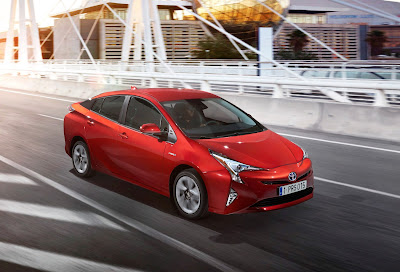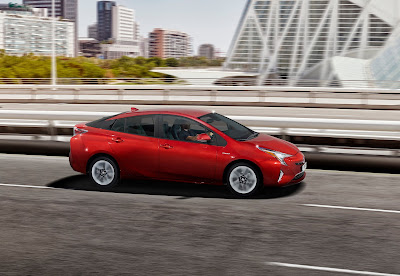Toyota has advanced the pioneering status of its iconic Prius hybrid car by revealing a fourth-generation model that debuts a futuristic design, fun-to-drive dynamics and an impressive gain to fuel economy.
A new, stiffer platform - the first developed under Toyota's New Generation Architecture (TNGA) program - is at the heart of revolutionary improvements that support a more responsive driving experience and enhanced occupant protection.
In keeping with the Prius name which means "front runner", the new-generation car continues to build on its eco-car DNA with technical breakthroughs including the world's most thermally efficient petrol engine at 40 per cent.
This remarkable achievement, which provides a significant improvement in fuel efficiency, is due to the adoption of new or substantially revised components that were effectively blueprinted to the finest limits and tolerances.
Engineers also succeeded with a comprehensive program of size and weight reductions for major hybrid components while maintaining overall performance, confirming Prius as the global pacesetter in hybrid technology.
The cutting-edge development program for the new Prius also focused on a more responsive drive experience achieved through a lower centre of gravity, newly developed double-wishbone rear suspension and a more rigid body.
The all-new rear double wishbone suspension produces a better connection to the road, providing greater control and feedback in all driving conditions. A more rigid body helps improve responsiveness while cornering without sacrificing ride quality or occupant comfort.
Unveiled at a special event in Las Vegas ahead of its international motor-show debut in Frankfurt next week and an Australian launch early in 2016, the new Prius exterior has completely evolved.
It features a dramatic low-slung silhouette that is approximately 60mm longer, 15mm wider and 20mm lower, delivering a much more planted on-road presence with a lower centre of gravity and more space for occupants and their luggage.
Designers embraced Toyota's concept of "Iconic Human-tech" to blend flowing curves with aggressive cut edges, producing ground-breaking advances and aerodynamic innovations that display a sculptural quality.
The bonnet is lower and the most distinctive Prius cue - the roof peak - has been moved forward, creating an athletic shape inspired by a runner in the starting blocks.
The sporty theme for the new Prius is accentuated by the Toyota emblem in the front grille sitting at exactly the same height as on Toyota's 86 sports car. It is flanked by new headlamps that minimise frontal area while providing a striking light display that helps define the vehicle's distinctive character.
Bold character lines run along the side from the front fenders - one just above the sill that sweeps up towards the rear fender, while the upper crease morphs into the rear spoiler, which has been lowered.
Striking rear combination lamps express the distinctive lines of the Prius from the rear spoiler to the trailing edges of the sides.
Exterior colours include an "Emotional Red", which utilises a newly developed treatment process to achieve a deep and vibrant lustre.
The new Prius interior also embraces Toyota's concept of "Iconic Human-tech" with a strong presence that adopts advanced technology complemented by features that are functional, fun and have high visual impact.
Owners will be rewarded with the comfort and utility offered by a wrap-around cockpit, form-hugging seat design, easy-to-use controls and increased visibility.
A sense of quality and space is created through the wide instrument panel with its layered construction that clearly defines the "display zone", separating it from the "control zone" which is now closer to the driver.
The next-generation Prius will make available a package of electronic safety assistance aids including a pre-collision system, lane departure alert, automatic high beam and active cruise control.
Prius global chief engineer Kouji Toyoshima said nearly every aspect of Prius has been improved to create a car that will appeal to the senses in its own right, above its well-recognised green credentials.
"There is much more to the new Prius than a green image. From the bold design to the quality interior, the Prius has never had such a powerful presence," Mr Toyoshima said.
Prius - with more than 3.5 million sold globally - has popularised hybrid technology to the point it has now become mainstream. The fourth-generation Prius is ground- breaking in its own right.
"We have developed an even-better Prius by expanding its environmentally sensitive DNA while ramping up its desirability with an emotional design and an engaging drive. It offers a new perspective of what a hybrid can be."
Toyota New Generation Architecture is an innovative development program designed to enhance product appeal through improved core vehicle performance and new technologies.
It promotes the strategic sharing of powertrain components and vehicle platforms with the goal of improving resource efficiency by better than 20 per cent.

